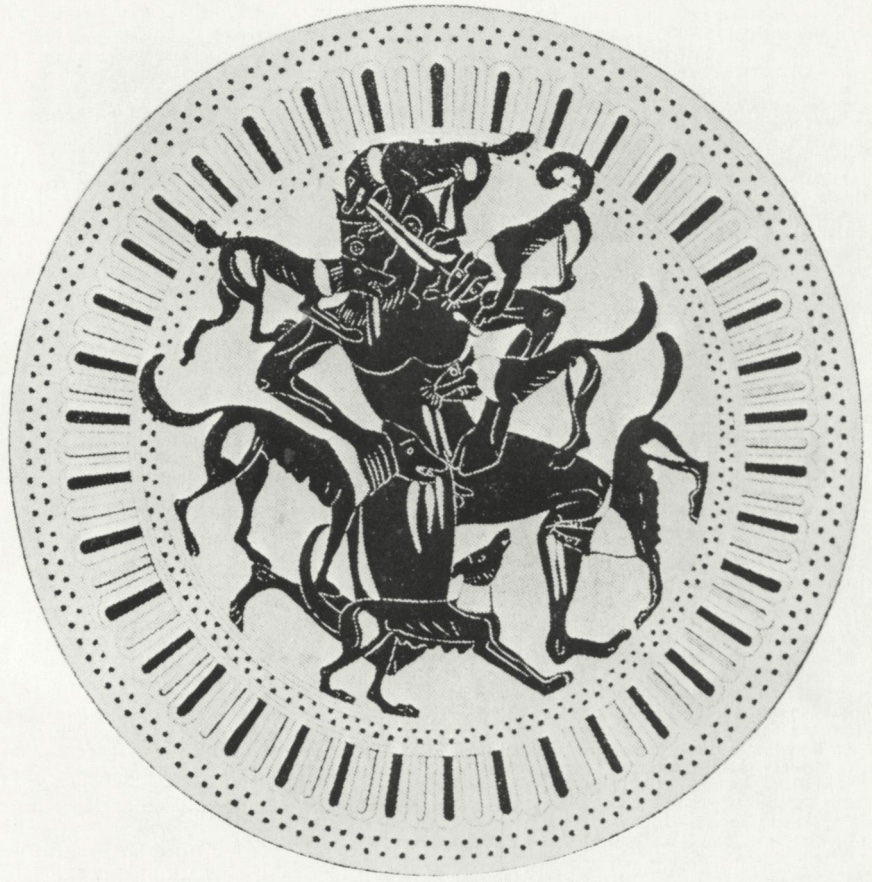Lorem ipsum dolor sit amet, consectetur adipiscing elit. Morbi eu nulla vehicula, sagittis tortor id, fermentum nunc. Donec gravida mi a condimentum rutrum. Praesent aliquet pellentesque nisi.


The myth of Actaeon offers a structure in which artists can express complex combinations of ideas. Ovid’s Actaeon is a victim of the gods but also a visionary and a prototype of the self-conscious man, while other ancient sources see him as a dangerous lover. Medieval mythographers including Dante added interpretations involving the limits of power and the dangers of prodigality, until in the Lusiads and Cynthia’s Reveh the myth could embody tensions between politics and love. Petrarch uses Actaeon’s metamorphosis as part of a spiritual autobiography, and Petrarchan lovers all the way to Shakespeare’s Orsino remain under this influence. Christianizers like the poet of the Ovide Moralisé and Platonists like Bruno see the story in visionary terms. All these significations cluster together in two Renaissance masterpieces: Titian’s Diana Surprised by Actaeon, where carnal voyeurism is combined with Platonic contemplation, and Shakespeare’s A Midsummer Night’s Dream, in which the meeting of Bottom and Titania affirms that in the world of syncretic comedy forbidden visions need not always be forbidden.